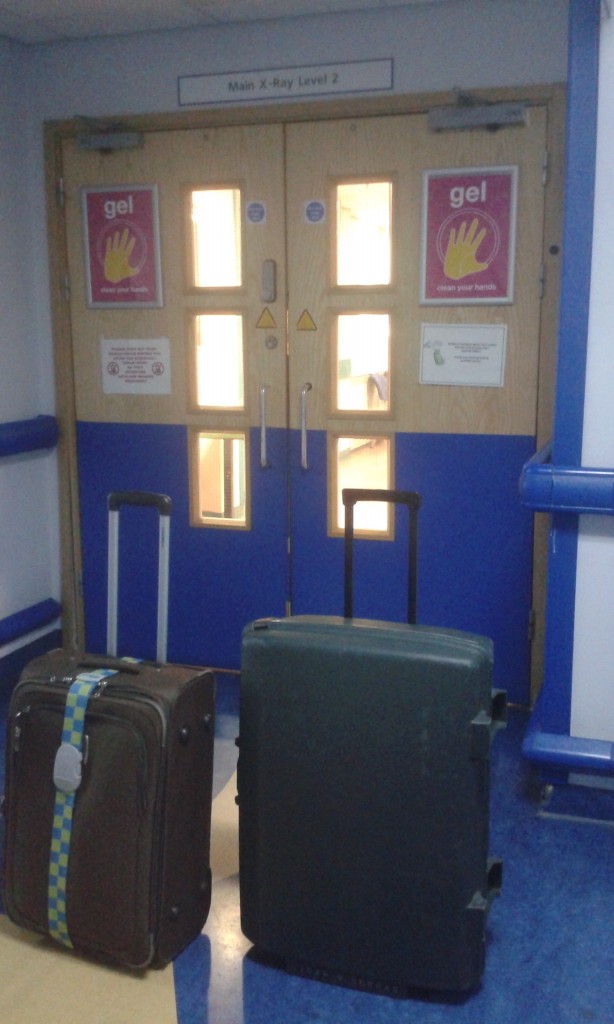Between the 2nd and 4th of September, Heather and I attended the 2015 QRA Postgraduate Symposium at the University of Cambridge. As this was a conference only for PhD students, we saw this as a great opportunity to go and present for the first time in a relaxed environment and in front of a friendly crowd!
On the first day we had a guided tour of the British Antarctic Survey (BAS) headquarters. These headquarters contain research facilities, laboratories, mapping facilities, geological stores and offices that support the research activities that BAS carry out in Antartica. We saw their marine biological research aquarium, where marine creatures are kept and studied after being bought back from Antartica. The logistics of transporting these creatures made getting samples back from the Amazon seem easy! We visited their mapping department, who produce bespoke maps for the Antarctic region. The researchers on field visits are dependent on these maps, especially the pilots of the aircraft that transport people and equipment across the region to various research stations and outposts. We then nearly froze to death after visiting one of their ice core laboratories! Finally, we saw their geology store where they have thousands of rocks and fossils. Overall, it was fascinating to see the work being carried out in a different field of research to our own – though I think I’m glad of getting to work in the 30-40˚C heat of the Amazon rather than the -20˚C of Antartica! In the evening, we had an ice breaker at the Sedgwick Museum of Earth Sciences. It was quite novel to be eating and drinking wine in the company of some dinosaur skeletons.
The second day saw the start of the main conference. The conference was split into 5 sessions: 1. Ice Cores/Antartica, 2. Ocean Circulation, 3. Palaeoclimate reconstruction of UK/Ireland, 4. Palaeoclimate reconstruction of Eurasia, and 5. Palaeoclimate reconstructions of equatorial regions. We heard some really interesting talks on a wide range of topics such as reconstructing ocean circulations over 1.5 million years, reconstructing postglacial landscapes, looking at climatic impact of anthropogenic land use change, and many more! Mine and Heather’s talks were in the last session, so we had to wait till late afternoon on the second day. Although our projects are quite similar, I felt we successfully gave two complimentary presentations (and I don’t think the audience were too bored after hearing about the Amazon twice in a row!). Heather also got 2nd place in the ‘best presentation’ prize which was great!
Overall, it was a great conference to attend. It was the first time we had presented at a conference and the relaxed atmosphere made the whole experience much less stressful than it could have been. Everybody was very friendly and it’s always nice to hear about the interesting research that people are doing.










